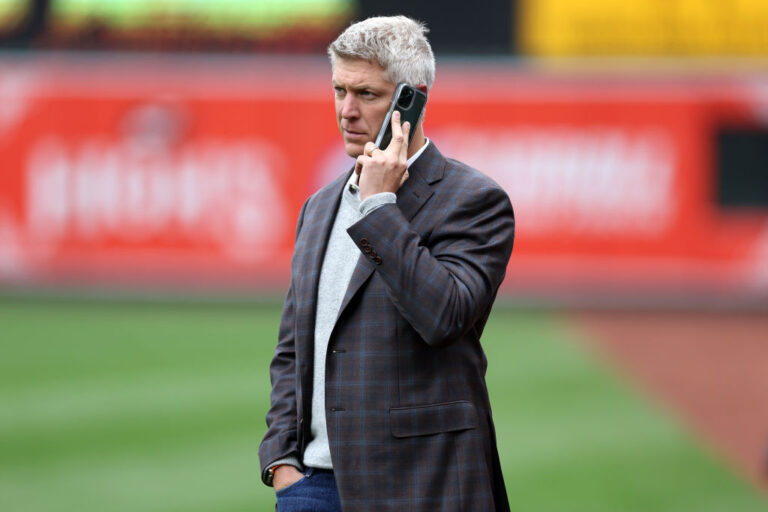
Two years ago, the Orioles were the darlings of the baseball world. Today, they’re a cautionary tale of how quickly it can all come undone. Brandon Hyde paid the price—but was he really the problem? Or is the rot deeper?
The Orioles had to make a move. After stumbling out to a brutal 15–28 start in 2025 and getting swept by the Twins, it was clear something had to give. Fifteen runners left on base and a gut-wrenching 4-3 loss to the Nationals on May 16th was the last straw. That “something” turned out to be manager Brandon Hyde, who just two years ago led the team to 101 wins and an AL East crown. Now he’s out.
Was it the right call? I don’t think so. But Hyde’s gone, and now the heat turns up on Executive VP and GM Mike Elias.
Elias has been credited with orchestrating the Oriole’s rebuild. He stockpiled prospects, built the league’s top farm system in back-to-back years, and brought guys like Gunnar Henderson, Adley Rutschman, and Jackson Holliday, into the spotlight. But this season’s collapse isn’t all that surprising when you dig into the roster.
Let’s start with the pitching. Injuries to Kyle Bradish and Grayson Rodriguez blew a hole in the rotation, and there wasn’t enough depth to cover for it. Last year’s surprise gem, Albert Suarez, is nursing his own shoulder injury. Elias brought in vets like Charlie Morton and Tomoyuki Sugano, but those additions haven’t done much to steady the ship. Even if Morton was pitching like his old self, $15 million is a lot to spend on what was going to be a #5 starter and now looks like a low-leverage long reliever. And let’s be honest, the Orioles passed on more impactful arms like Nathan Eovaldi and Matthew Boyd, both of whom signed pretty reasonable deals. Even the Athletics gave $20 million a season to Luis Severino. (mainly to get over the salary floor) After losing Corbin Burnes, they chose to play it safe. It backfired.
Then there are the trades. The Trevor Rogers deal looks rough. The Orioles gave up Kyle Stowers (who is looking like an All-Star), along with Connor Norby, and got a banged-up, underperforming starter in return. And while Burnes was excellent in his lone season in Baltimore, giving up Joey Ortiz and a top draft pick for one year of control was a steep price.
To be fair, Elias hasn’t completely whiffed. None of the previous three prospects would start if everyone were healthy. It’s hard to blame him for not drafting pitchers high. Taking Heston Kjerstad over Garrett Crochet or even Max Meyer was a mistake. No one is perfect. But if you’re not drafting high-level pitching prospects, don’t want to spend on free-agent arms, and your frontline starters have injury concerns, you must nail your acquisitions. And lately, Elias hasn’t.
The offense hasn’t helped either. After ranking second in runs and third in OPS in 2024, the lineup has regressed in a big way. They can’t hit relievers, and they’ve been brutal with runners in scoring position. That points more to coaching than the front office. Hyde’s lineup platoons weren’t working, and he stuck with struggling stars in key spots for too long. Still, firing him doesn’t fix the deeper issues.
The Orioles’ problems run deeper than the dugout. Elias’s roster-building strategy, particularly around pitching, has left the team exposed. If the front office doesn’t own some of this downturn, nothing really changes.
Fans deserve a clear picture of where this team is headed. Is a soft reboot on the way? And more importantly, is Mike Elias still the right guy to lead it?